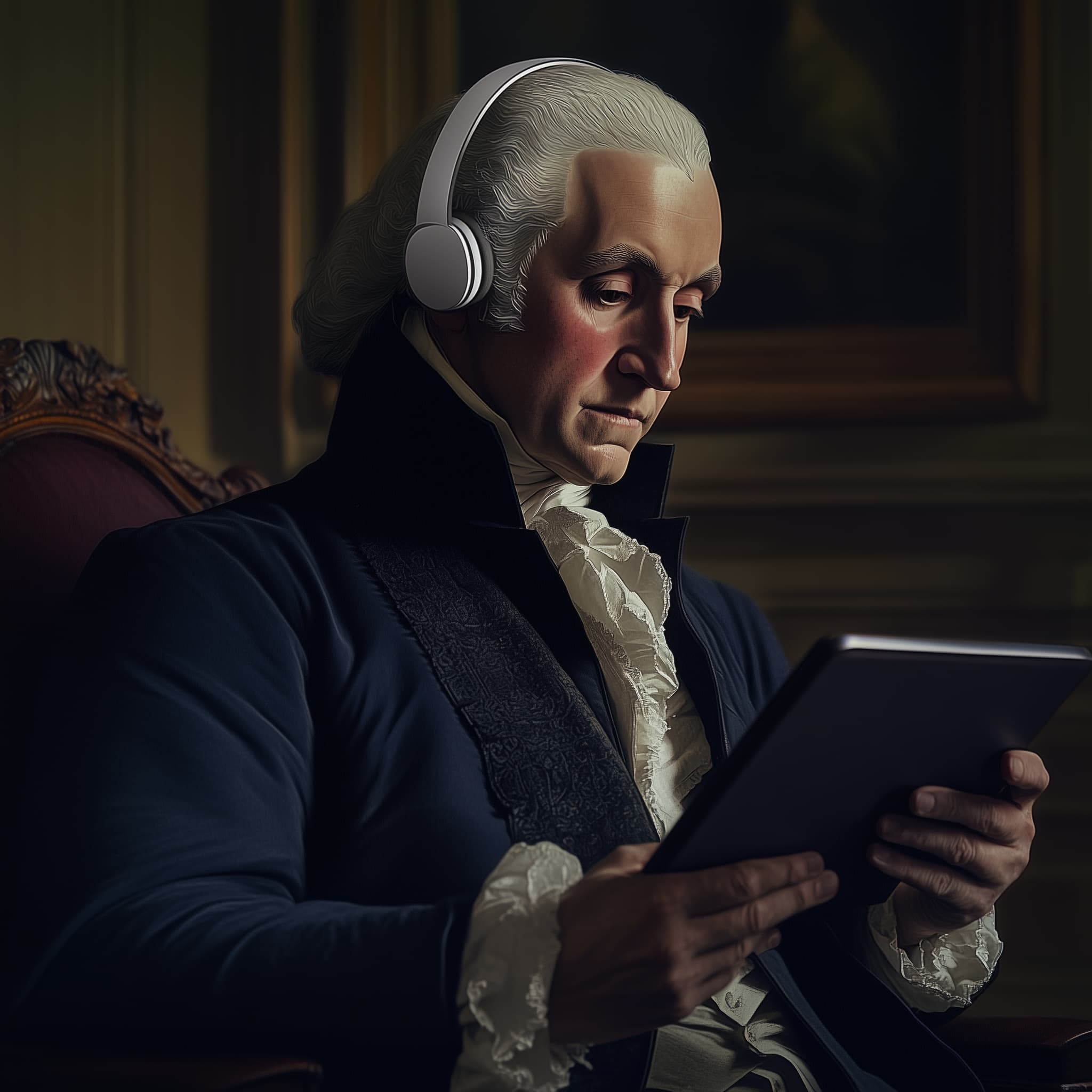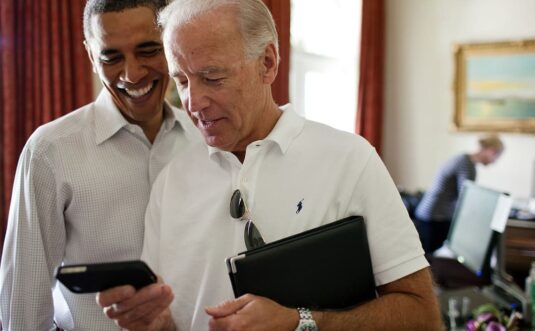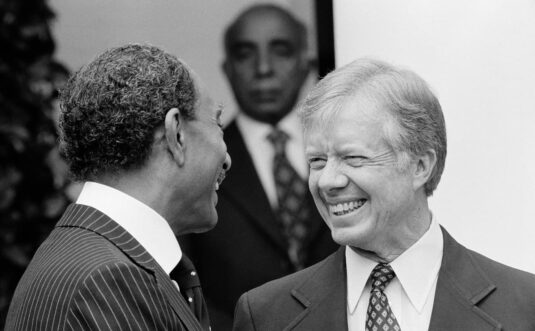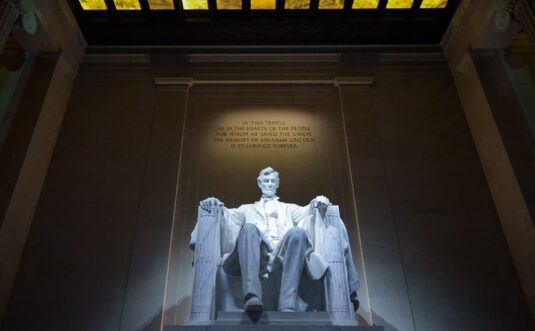In the past, the voice of a president was heard through formal press conferences, official statements, and highly curated interviews. Today, it can be delivered in 280 characters at any time of day. The rise of social media has revolutionized political communication, and no role has been more impacted than that of the President of the United States. Leadership in the digital era now requires not only political acumen, but also an understanding of algorithms, virality, and the power of real-time messaging.
Social media platforms like Twitter, Facebook, Instagram, YouTube, and more recently TikTok, have dramatically changed the way presidents engage with the public, influence opinion, respond to crises, and shape their legacy. These platforms have become both powerful tools and potential liabilities—reshaping what it means to lead in the 21st century.
From Formal Speeches to Direct Communication
One of the most significant shifts in presidential leadership has been the move from filtered communication to direct outreach. In the past, presidents relied heavily on the press to deliver their messages. Speeches were carefully written, vetted, and broadcast with the understanding that the media would report them to the public.
With social media, presidents can now bypass traditional news outlets entirely and speak directly to millions of citizens around the world. This unmediated communication allows for faster responses and a more personal connection with the public. It also places greater emphasis on authenticity, tone, and immediacy.
Barack Obama was the first U.S. president to embrace social media as a strategic communication tool, using platforms like Facebook and Twitter to reach younger audiences and build a digital campaign presence. His administration set the foundation for what would become a new standard in political messaging.
However, it was Donald Trump who demonstrated the full disruptive power of social media. Using Twitter as his primary outlet, Trump communicated policy decisions, criticisms, and personal opinions without filter. His tweets often dominated news cycles, sparked international controversy, and redefined the relationship between the president and the press.
The Double-Edged Sword of Digital Visibility
While social media enables presidents to shape their own narratives, it also exposes them to unprecedented scrutiny and backlash. Every post is analyzed, archived, and open to immediate public reaction. Missteps can go viral in seconds. Errors, contradictions, or poorly phrased remarks are instantly captured, criticized, and repurposed by political opponents and the public alike.
The constant visibility has turned modern presidencies into 24/7 operations. There is little room for private reflection or gradual policy rollout. Voters now expect instant commentary on breaking events, even before all the facts are known. This creates pressure to react quickly, often at the expense of nuance and long-term strategy.
At the same time, the visual nature of social media means that optics—what a president wears, who they are photographed with, how they appear on camera—carry enormous symbolic weight. Viral photos, live-streamed speeches, and Instagram posts shape public perception as much as legislative achievements.
Mobilizing Support and Shaping Identity
Social media also plays a central role in building political movements and consolidating a presidential identity. Hashtags, memes, and viral videos are used to rally supporters, humanize candidates, and brand campaigns with emotionally resonant messages.
Presidents and their communication teams now create digital content to appeal to specific audiences. Joe Biden’s team, for example, uses TikTok and Instagram Reels to engage Gen Z voters with lighthearted, relatable content, while simultaneously pushing serious messages through official channels like YouTube and X (formerly Twitter).
This dual approach—strategic messaging combined with platform-appropriate tone—allows modern presidents to maintain broad appeal across demographics. It also reflects the expectation that today’s leaders be both authoritative and approachable.
Crisis Communication in Real Time
One of the most critical applications of social media in the presidency is during times of crisis. Whether addressing natural disasters, mass shootings, terrorist attacks, or global pandemics, the president’s social media presence becomes a key component of national leadership.
Speed matters. A delayed response may be interpreted as indifference or incompetence. A clear, empathetic, and timely message can help unify the country and restore confidence.
During the COVID-19 pandemic, for instance, social media became an essential tool for distributing public health information, encouraging vaccination, and countering misinformation. At the same time, it also became a battleground for disinformation, conspiracy theories, and political division—highlighting the challenges of digital leadership in an era of mistrust.
The Blurring Line Between Public and Private
The personal lives of presidents have always attracted public interest, but social media has amplified this curiosity. Behind-the-scenes photos, family moments, personal hobbies, and even playlists shared on Spotify are now part of presidential storytelling.
This humanization helps presidents connect with citizens on a personal level. It shows relatability, breaks down barriers, and reinforces the idea that leaders are people too.
However, this visibility also blurs the line between the personal and the political. A president’s social media post about a pet or vacation can be scrutinized just as harshly as a policy announcement. Every tweet or video becomes part of the public record and the national discourse.
Cybersecurity and Platform Accountability
With greater reliance on digital tools comes greater risk. Social media accounts of presidents and their staff are high-value targets for cyberattacks, impersonation, and misinformation campaigns. The need for robust cybersecurity and platform accountability has become an essential part of modern governance.
Additionally, the decisions made by private tech companies regarding platform bans, content moderation, and algorithmic visibility now have geopolitical implications. When Donald Trump was permanently banned from Twitter in 2021, it sparked global debate about freedom of speech, the power of Silicon Valley, and the future of democratic discourse.
These developments raise critical questions about who controls presidential communication in the digital age, and what safeguards are needed to preserve democracy while maintaining public safety.
Conclusion: A New Era of Leadership
The presidency has always adapted to new technologies—from the radio fireside chats of Franklin D. Roosevelt to the televised addresses of John F. Kennedy. Social media is the latest frontier, offering both unprecedented opportunities and unprecedented risks.
In this new era, the president is no longer just the leader of a nation, but also the central figure in a 24/7 global conversation. Their words can travel farther and faster than ever before, shaping opinions, influencing markets, and rallying movements with the click of a button.
Leadership in the age of social media demands a careful balance between authenticity and responsibility, speed and accuracy, visibility and discretion. As the digital world continues to evolve, so too must the strategies of those who seek to lead it.




